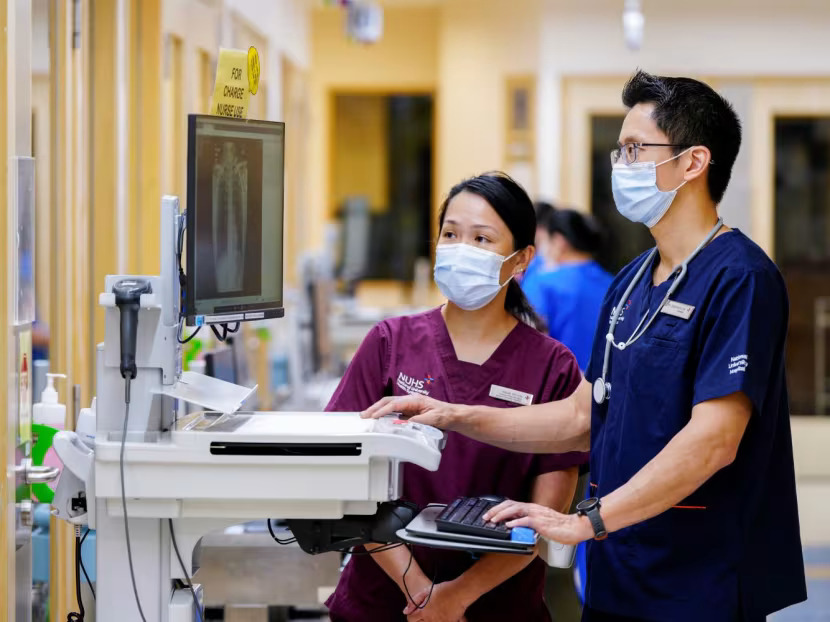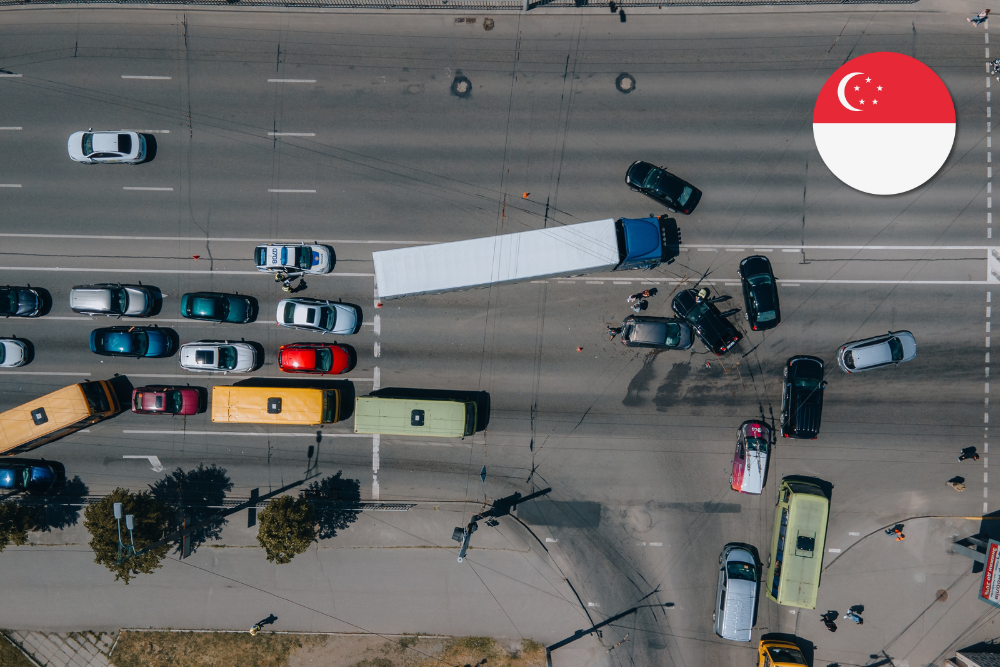In the fast-paced world of trauma care, where seconds can mean the difference between life and death, the newly launched National University Centre for Trauma (NUCT) at NUH is at the forefront of saving lives in Singapore.
This centre is not just a facility but a beacon of hope for patients suffering from severe, life-threatening injuries.
However, the story here is not only about the medical miracles performed by the trauma care team but also about the lessons that can be learned by those of us who navigate Singapore’s roads daily.
A Day in the Life of NUH’s Trauma Team
Consider the harrowing case of a young man who attempted suicide by leaping from a 10-storey building.
When he arrived at NUH, his body was a battleground of severe injuries—multiple fractures, pelvic injuries, and muscle damage, all compounded by massive blood loss.
Against the odds, he survived. This wasn’t just due to advanced medical technology but to the incredible coordination and quick decision-making by a multidisciplinary team, including surgeons, anaesthesiologists, and intensive care specialists.
In an interview with Today Online, Dr. Jonathan Lim, a consultant in the department of anaesthesia at NUH, recounted this unforgettable case, describing the young man’s survival as nothing short of a miracle. “He survived and went out of the intensive care unit (ICU),”

Dr Jonathan Lim and Ms Kwan Peijun, a senior principal physiotherapist, discusses a patient’s case together.
Image: National University Hospital
Dr. Lim shared, reflecting on the extraordinary lengths the team went to save him.
“It was a miracle he survived the first injury and all the subsequent complications, which would have been lethal” He elaborated.
The Trauma Golden Hour
One of the critical factors in trauma care is the “golden hour”—the first one to two hours after a traumatic injury occurs. This period is crucial for resuscitating and stabilising the patient.
Dr. Lim emphasised that during this time, the focus is on arresting haemorrhages and stabilising vital organ systems, rather than immediately performing lengthy surgeries.
As described in Today Online, this is where NUCT’s “code trauma” comes into play—a meticulously planned protocol that mobilises a team of experts even before the patient arrives.
By the time the patient reaches the operating room, everything from blood transfusions to advanced imaging is ready, ensuring that every second counts towards saving a life.
Lessons for Singapore’s Motorists: Preventing Trauma on the Road
As we delve into these life-saving efforts, it’s essential to draw parallels with the responsibilities of road users in Singapore.
Dr. Lim highlighted that many of the severe trauma cases treated at NUH involve road traffic accidents, with motorcyclists being particularly vulnerable. “Based on the caseload that we see in ICU, most of them are motorcyclists and quite a number of them were drunk,” he noted.
This insight leads us to the importance of preventive measures on the road.
Reckless driving, speeding, and drink-driving are common causes of severe injuries that end up in trauma centres. The trauma team’s experiences should serve as a stark reminder that a moment’s lapse in judgement on the road can lead to life-altering consequences.
Ms. Caroline Lim, a nurse manager at NUH, also stressed the importance of vigilance, even in familiar settings.
“Even at home, you may be so familiar with where your sofa or dining table is, but you can just trip over a chair, fall, and have a head injury,” she said.
Read also: Dubai Medics Save Qatari Teen After Horrific Crash
A Call for Road Safety
The life-saving efforts of the trauma team at NUH are a testament to the importance of preparation, quick decision-making, and coordination in moments of crisis. However, for the everyday motorist, the best way to avoid needing such extraordinary care is by preventing accidents in the first place.
Websites like ROADS.sg are playing an important role in promoting road safety and accident prevention. ROADS.sg stands for ‘Respect Others And Drive Safe’, where user-generated contents showcase good driving habits and highlight undesirable ones, in an effort to educate and rehabilitate some of the bad habits of drivers and road-users.
ROADS.sg serves as a platform for road users to upload videos, photos and reports of unsafe driving incidents, in order to highlight risky behaviours that could lead to accidents.
By adhering to traffic laws, avoiding reckless behaviour, and staying vigilant on the road, we can all play a part in reducing the number of trauma cases caused by road traffic accidents.

